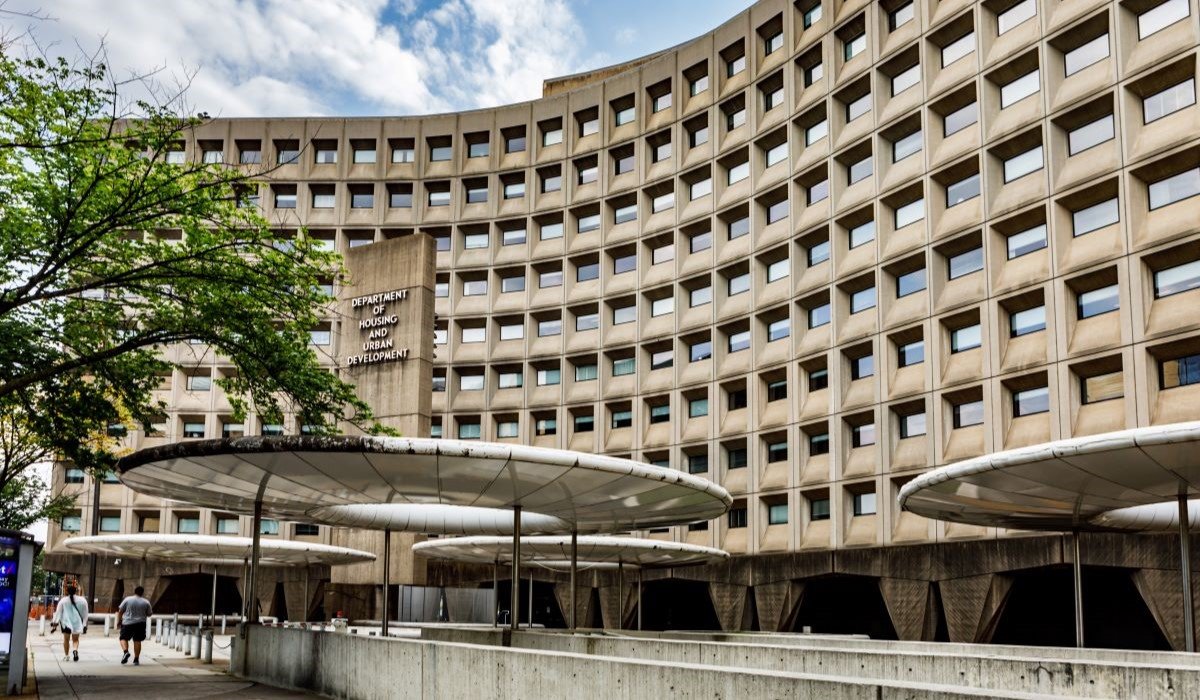U.S. home-price growth is predicted to finish this year at 4.7% before slowing to 3.1% in 2025, according to a quarterly survey of housing experts conducted by government-sponsored enterprise (GSE) Fannie Mae.
The third-quarter 2024 survey polled more than 100 mortgage, real estate and academic experts to determine its predictions in partnership with data analytics firm Pulsenomics LLC. The poll aims to determine “forecasts of national home price percentage changes in each of the coming five calendar years, as measured by the Fannie Mae Home Price Index.”
For this quarterly edition of the survey, the Fannie Mae Economic & Strategic Research (ESR) Group also surveyed panelists on potential zoning reforms being debated at the state and local levels, which are designed to increase the production of homes and rental units.
The group predicted that while these policy revisions are likely to have an impact on housing supply over the next five years, the level of impact is likely to be either “moderate” or “insignificant.”
“A plurality of panelists suggested that hastening the construction permitting process would have the greatest positive impact on housing supply if broadly enacted, [followed] by expanding zoning for multifamily housing developments and enabling more ‘missing middle’ or ‘light touch density’ housing construction,” the survey results stated.
“However, 63% of panelists are ‘not confident at all’ that the initiatives they think would be most effective will be enacted widely within the next five years.”
Fannie Mae vice president and deputy chief economist Mark Palim said that home-price growth expectations — both externally and internally at Fannie Mae — have come in stronger than anticipated despite strained affordability, which primarily stems from limited housing supply.
“Our panelists overwhelmingly agreed that there is a fundamental lack of housing in the United States relative to underlying demographic factors — and, on average, believe the nation to be short approximately 2.8 million homes,” he said. “We’ve previously estimated the shortfall to be more than 4 million.”
Accelerating the construction permitting process, along with increasing density around transit corridors and facilitating the creation of so-called “missing middle” homes, are policies that are most likely to spur builder activity based on panelists’ perspectives, Palim added.
“However, most remain apprehensive about the near-term prospects of these sorts of reforms being enacted broadly enough to have a meaningful effect on supply and housing affordability,” Palim said.
Terry Loebs, founder of Pulsenomics, added that the forecasts indicate potential cracks in the resiliency of home-price appreciation.
“While lower interest rates could incentivize some homeowners to sell, the deep-rooted housing supply and affordability crises will likely persist, even with a more accommodative monetary policy,” Loebs added.












 English (US) ·
English (US) ·